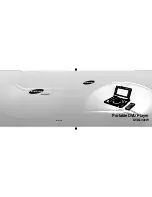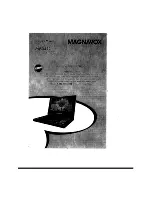
Version
Document Title
Release Date
08
EL2.0
–
Installation Manual
2020-03-18
EL2.0 Installation Manual
–
Rev.08 Mar 2020
8
HAZARDS DESCRIPTION
The owner/operator and the user of a device operated with hydrogen needs to be aware of the potential dangers
and know what to do in case of an accident or emergency. It must be ensured that the system is installed and
operated in compliance with local regulations and standards.
HYDROGEN HAZARDS
Hydrogen itself is not a hazardous substance
–
its properties, however, can make it hazardous in interaction with
other substances.
It is the u
ser’s responsibility to implement a proper
safety area
(see specifications on par.
).
✓
Danger of death due to explosion!
✓
Escaping hydrogen can ignite and burn the skin.
✓
Escaping hydrogen can reduce the oxygen concentration and cause respiratory difficulties.
✓
Do not inhale hydrogen.
✓
The lab/room must be equipped with a suitable ventilation system for the use of hydrogen.
✓
Incorporate the unit, especially the vent line, into the operational safety concept.
✓
The lab/room must be equipped for hydrogen monitoring.
✓
Avoid heat in the vicinity of the system and the hydrogen source.
✓
No smoking, no naked flames.
✓
Comply with local safety regulations.
✓
Comply with regulations for handling of compressed hydrogen cylinders.
✓
In the case of escaping gas, keep away and keep inflammable materials away.
✓
Prevent electrostatic charges.
✓
Ensure proper installation of the hydrogen supply.
✓
Check the hydrogen lines and connectors regularly for leak tightness.









































